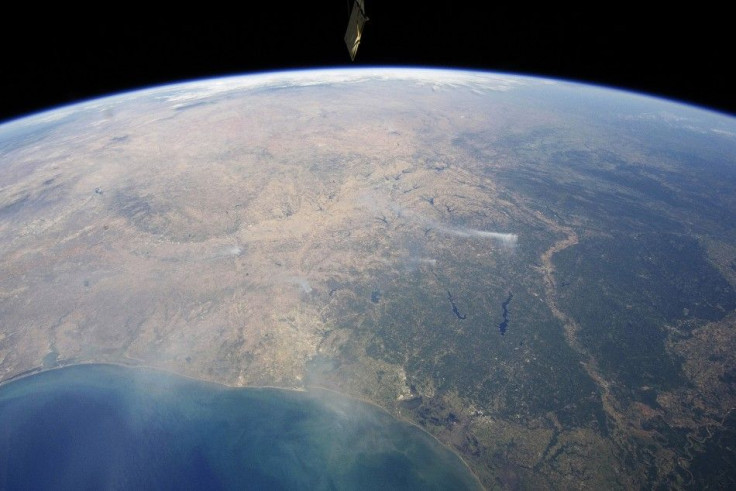NASA's James Webb Space Telescope Revived by Senate Panel

NASA's endangered James Webb Space Telescope project survived a funding vote in the U.S. Senate Wednesday.
In July, the House Appropriations Committee released the fiscal year 2012 Commerce, Justice and Science Appropriations Bill, which allotted an annual funding of $50.2 billion to the Department of Commerce, the Department of Justice, the National Aeronautics and Space Administration, the National Science Foundation and related agencies. In a move to restrain spending, it cut the appropriation by 6 percent from fiscal 2011.
Congress must make tough decisions to cut programs where necessary to give priority to programs with broad national reach that have the most benefit to the American people, House Appropriations Chairman Hal Rogers, R-Ky., said at the time.
The move, backed by the House Science, Space and Technology Committee, scrapped the behind-schedule, over-budget $6.5 billion telescope.
But on Wednesday, the Democratic-controlled Senate Commerce, Justice and Science Appropriations subcommittee allocated $530 million for the project out of a total NASA budget of $17.9 billion.
The bill provides funds to enable a 2018 launch of the James Webb Space Telescope, the subcommittee stated.
The revival of the project was expected as the chairwoman of the panel, Sen. Barbara Mikulski, D-Md., has long been in support of reviving the project, which is based in her state, at NASA's Goddard Space Flight Center in Greenbelt, Md. But Mikulski urged NASA to be more responsible in executing the project and provide a report from NASA senior management, ensuring that the NASA has gotten its act together in managing the telescope.
Wednesday's markup is just a first step toward saving the telescope. The allocation would need approval from the full Senate Appropriations Committee, passage by the Senate and negotiations with the House.
Meanwhile, the James Webb Space Telescope has reached a milestone as the coating process is completed at Quantum Coating Inc. in Moorestown, N.J.
The telescope has 21 mirrors coated with microscopically thin layer of gold that enables them to properly reflect infrared light to observatory's instruments. This allows observation of distant and blurred objects using infrared light. Its mission would be to find the first galaxies that were formed in the earliest universe.
© Copyright IBTimes 2024. All rights reserved.











